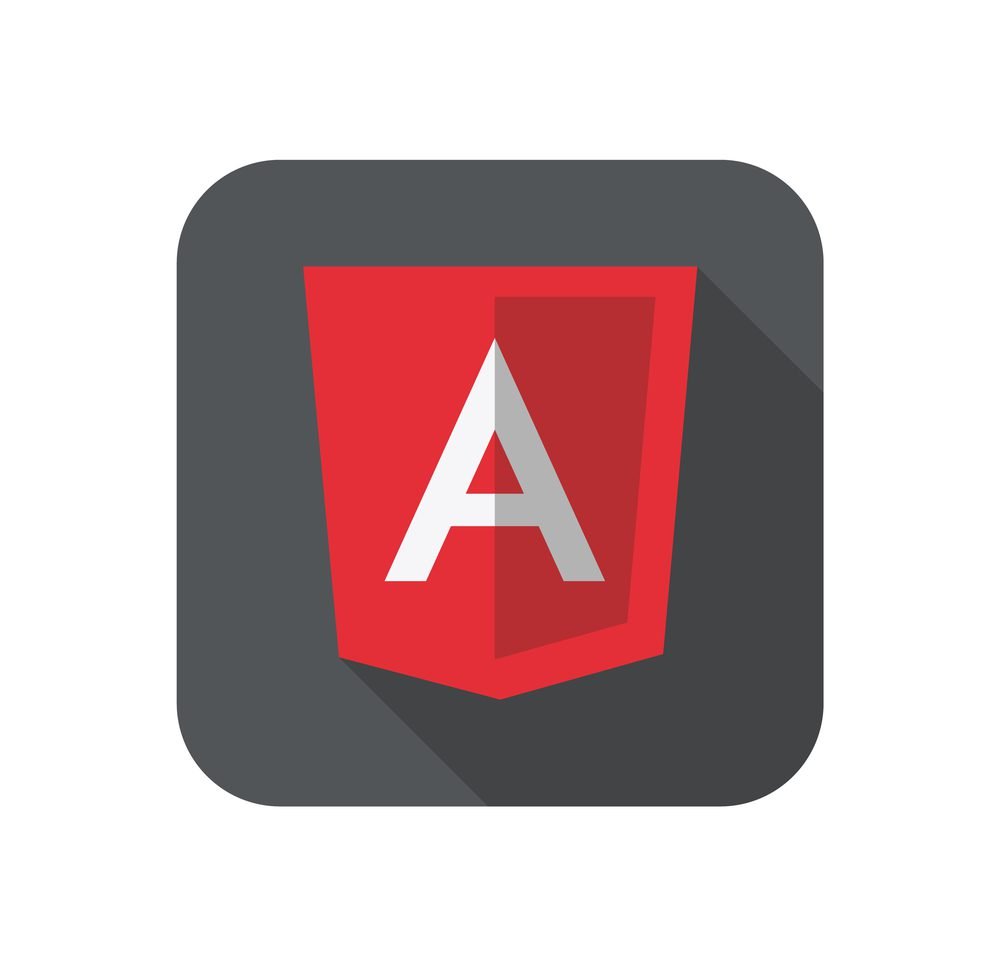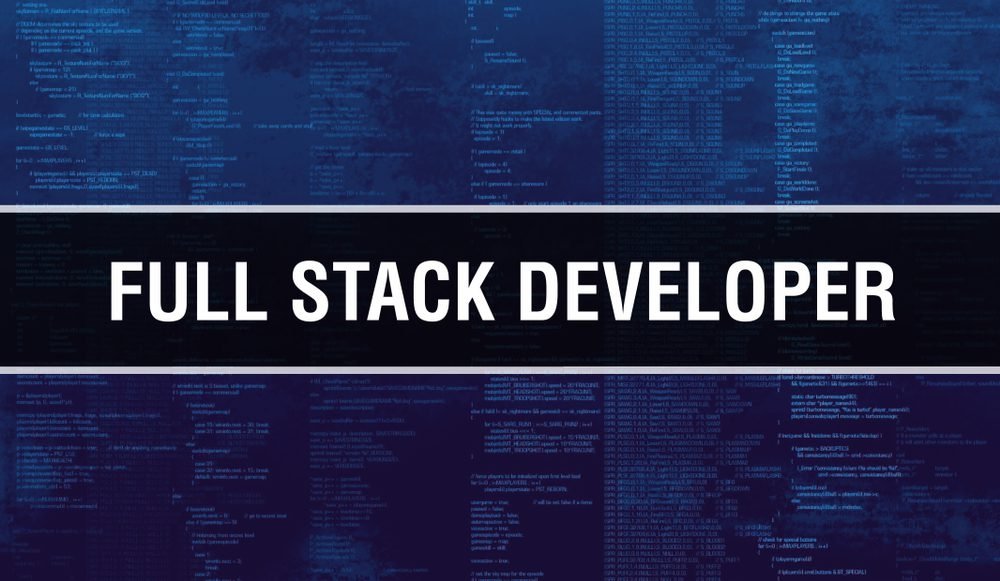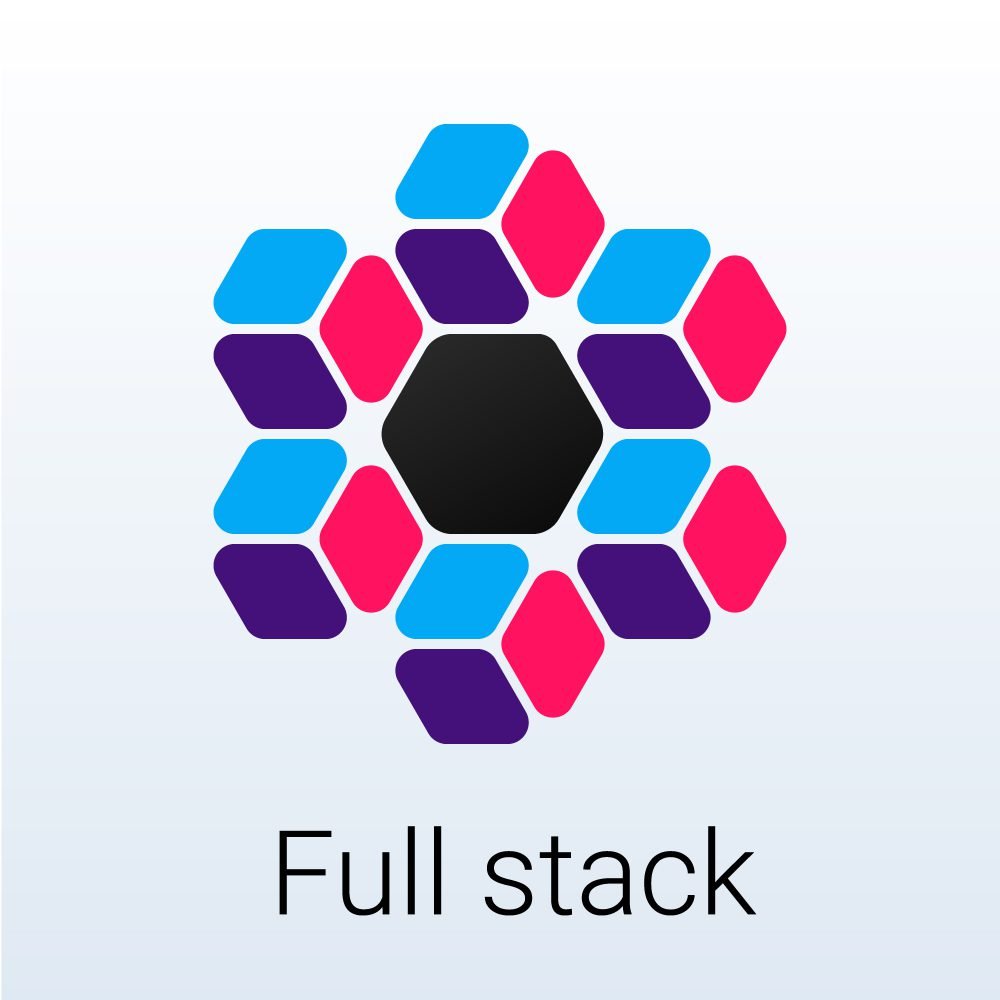A career in web development is in high demand now that new-age technology is taking the world by storm. Even the most traditional organisations are preparing for or are carrying out massive technological changes. This has opened new doors of employment in the area of web development. Whether e-commerce, a technology company, or manufacturing, almost all companies hire developers. That is why technical professionals are preparing and developing skills like web development. Full-stack development and back-end development to get a job in the technology sector.
If you want to be a web developer, you’ll be glad to know that full-stack developer skills are in high demand. But do you know how full-stack vs front-end vs back-end web development compares? In other words, what differentiates these job roles?
This article will explain everything about web development and the types of web development. The salary of a web developer and a full-stack developer. And, last but not least, which profession is better, full-stack developer or web developer?
What is web development?
Web development refers to the process of creating and maintaining a website. It is closely related to the design of application features and functionality. This also includes web design, web publishing, web programming, and database management. The development begins with programming languages such as HTML (Hypertext Markup Language). It is followed by CSS (Cascading Style Sheets), and JavaScript. Web developers use one of the content management systems to create and manage the website. The three best content management systems are WordPress, Joomla, and Drupal.
Types of web development
There are following types of web development
Front End Developer or Web Developer
Back-end Developer
Full-stack Developer
Let’s discuss all of them in detail.
Front End Developer or Web Developer
A front-end developer is responsible to build the most visible parts of a website with which users must interact. This involves the user interface, experience, and style of the website. More complex website design and interface requires more experienced developers for handling. A front-end developer is also responsible for ensuring the data represented is accurate and user-friendly. Along with this, it should be in line with the visual or user designer’s ideas. The front end of a website or an application is usually built with languages like HTML, JavaScript, and CSS.
Back-end Developer
Going by the same naming logic as the front-end developer, the back-end developer is the one who pieces together the backend mechanisms of a website. Back-end developers are responsible for writing the web services that front-end developers craft a stylistic front. Similarly, the back-end developer builds the engine, while the front-end builds the casing and the hood and makes it usable.
The back-end developer is responsible for data storage, security, and integrity. They’re also crucial to ensure the internal systems are stable. And, it can run for a long time without major difficulties or clashes. A good back-end developer will be proficient in PHP, Python, and Ruby.
Full-stack Developer
though each type of web development has its preferred language and required role. The final product is always a combination of skills, scripts, interfaces, and technologies. This is where the full-stack developer comes in. ‘Stack’ means layer, and a full stack developer dives into each layer of a website or an application regardless of whether it qualifies as front-end or back-end.
Full-stack doesn’t have its language– it’s an amalgamation of languages, tools, and approaches that go into building a complete, user-friendly website. Naturally, some developers prefer one language over another, so don’t be confused if you see a job requirement for a ‘full stack Ruby developer’ or similar.
There are some necessary skills of web development for a full-stack developer are HTML, CSS, ReactJS or Angular, and JavaScript skills. Knowledge of programming languages such as Ruby and Python is required.
Who gets paid more, full-stack developer or web developer?
According to Glassdoor, the average salary for a Full-Stack Developer in India is Rs. 6,50,000 annually. But, the package also depends on the years of experience and job locations. In addition, other factors which impact the salary of a full-stack developer are institute, job role, company, and status of the project. The average salary of a less than one year experienced web developer in India, as per payscale.com, is Rs. 232,074. The salary depends on the hiring company, the organisation’s location, and the web developer’s skills. The primary factor contributing to a higher wage is the years of experience.
Which is better full-stack development or web development?
Choosing a web development area depends on what you want to focus on and where your skills lie. In the earlier stages of web development, each role was quite different. However, the line is thinning today, bringing full-stack developers to the limelight. That said, many employers, especially agencies that accept projects dealing with all aspects of multiple sites, tend to prefer full-stack developers. This isn’t because one developer does the work of three. Instead, it’s more preferred because, while full-stack developers may dedicate themselves mainly to the front end or back end of a project.
Full-stack developers are experts in both frontend and backend technologies. They are skilled in frontend and backend languages with knowledge of frameworks, servers, networks, and hosting environments. Business logic and user experience are also their expertise. As a result, they can devise and implement strategies. And, that is the reason why they are highly in demand in 2022.
To ace as a full-stack developer and get a good job, you need to gain knowledge of Javascript, Security, and HTML. In addition, experience in CSS, Version control systems, web storage, REST, and other relevant skills is needed.
How to get a job as a full-stack developer?
There is a massive shortage of talent in the full-stack development market. Companies are trying hard to hire full-stack developers but are unable to do so. The reason is a lack of full-stack development skills. Suppose you want to join the field and work as a full-stack developer, then you should start building full-stack development skills by joining a full-stack development course or program from a good institute. Gain the knowledge and create the portfolio of a full-stack developer. The next step after getting the skills is to showcase the full-stack development skills and portfolio in the resume. Prepare for the interview, work on your soft skills and polish your development skills. Then, start applying for the jobs of a full-stack developer and appear for the interview. Do well at the time of the interview and get your dream job.
Conclusion
Some developers prefer to write the code and develop the front end themselves. It happens at a time of a limited budget. It’s a small project, or there’s just one developer on the team with no access to external resources. Full stack development isn’t an overnight deed. It’s an entire journey– but a rewarding one. Having said that web development is also a rewarding career but full-stack development leads. If you want to enter into the technology sector then both the technology are good. But, companies prefer hiring full-stack developers rather than web developers. There are various courses offered by institutes to master the learners on full-stack development and get them a job.
Apart from the hard skills institutes are also giving the learners the soft skills to get the job. Enquire well before joining any course in full-stack development and get a chance to enter the world of full-stack development. To upskill into a full-stack developer or jump into the field consider engaging in a full-stack developer course. It will take you through the basics and expose you to case studies and prepare you for a demanding yet lucrative web development career.









